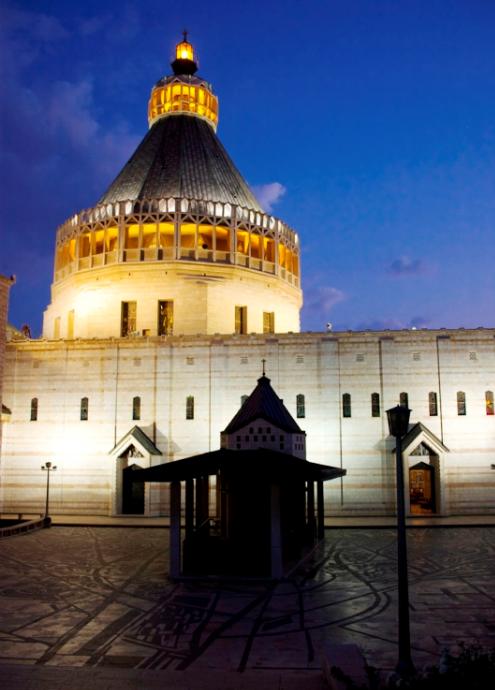A Branch shall grow out of his roots
By Roy Tov
http://www.roytov.com/articles/endofadream.htm (with permissions)
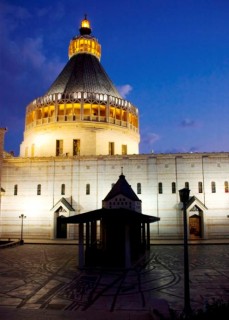
The Unbearable Slowness of War
Certain wars are slow. So slow, that the results of their single battles are reported with intervals of years between them. So slow, that if not actively searching for them, these results would probably pass unperceived. Recently, I reported on a setback suffered by Berkeley’s Jewish community in their ruthless war against anybody else.
American Jews had declared war on everybody and every organization daring to criticize Israel, no matter how justified this criticism is.
The Israeli Jewish community lives a similar stratagem and is now facing a major setback. So serious is the setback, that one may dare to announce the end of the Zionist dream.
Sometimes, wars have more than one front. One side may be seen violently crushing its enemy on one front, while it silently loses a more decisive battle on a hidden front.
It is very easy to find reports on the ongoing Israeli military attacks; it is very difficult to find data on the main battle, which Israel is clearly losing. The Demographic Battle between Jews and Palestinians in Israel has reached a turning point. Expectedly, Israel keeps quiet.
More than once, Israel’s demographic data proved inaccurate. Until the mid 1980s, Israel systematically reported very wrong statistics regarding the Palestinian population in the West Bank and Gaza. At a certain stage the lie was so obvious, the Israeli administration was forced to update the numbers upwards overnight.
This is similar to the Israeli denial of the existence of Palestinians in the Holy Land prior to the Zionist occupation. Thus, for the sake of this article, I won’t use the formal statistics provided by the State of Israel, but data from Israeli and Palestinian realtors.
Ethnic Enclaves
Expectedly, the State of Israel is nothing but a large collection of ethnic enclaves. “Arim Meoravot” is Hebrew for “Mixed Cities,” cities where Palestinians and Jews live together; Haifa, Jerusalem, Lod, and Ramle are examples of these. Yet, this term is just wishful thinking.
On the neighborhood level, people live in ethnic enclaves. One will find Bedouin, Druze, Circassian, Palestinian, Ashkenazi, Mizrahi, Iraqi, Iranian, Moroccan, and a thousand more ethnic neighborhoods. People would seldom mix. The State of Israel encourages that; divide and conqueris its favored tactic.
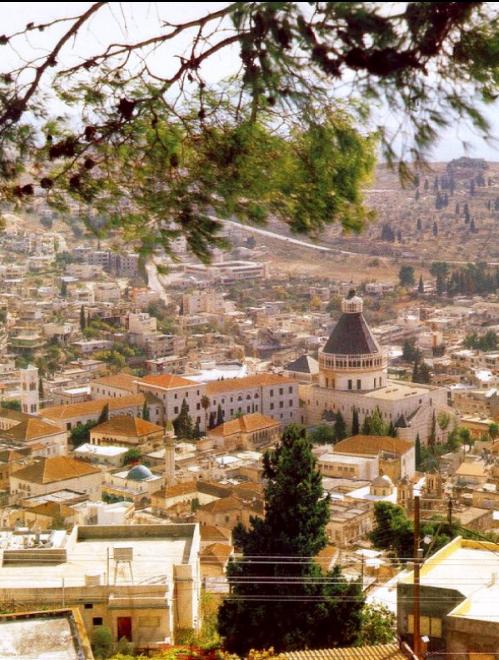
Inadvertently, the State of Israel created an opportunity to circumvent its rigged statistics. Realtors data reflects population changes accurately and is difficult to be manipulated.
In January 2012, interesting data was published. The Jewish real estate market is suffering a severe recession, while the Palestinian market is flourishing. The term “severe recession” doesn’t correctly reflect the size of the calamity for the Zionist Dream. Some of the data hints the game is over for Mr. Theodore Hertzl.
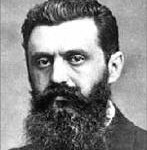
The most obvious parameter foe analyzing the real estate market is the price of the goods. Accordingly, prices in the Jewish neighborhoods are decreasing since summer 2011, following a short-lived increase in its prices before that.
The Palestinian market is boiling, with prices increasing sharply in acquisitions and rents; since 2010, prices almost doubled there.
Israeli realtors are also divided along ethnic lines; thus their data is not likely to get mixed up. If that was all, I wouldn’t be writing this article. Yet, a more dramatic event is taking place under the nose of Benjamin Netanyahu, and this time there is nothing he can do to stop reality from eradicating evil discrimination.
Crossing Over
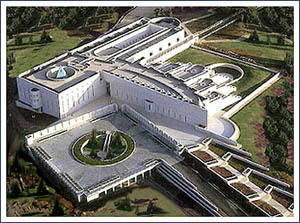
For practical reasons, I would concentrate on one example: the fall of Nazareth Illit. Yet, I want to emphasize similar data is available for other locations within Israel. Its name meaning “Upper Nazareth,” this is the archetypal Zionist stronghold watching over ancestral towns.
The first parcels of lands used for the construction of the settlement were expropriated from Palestinians.
Protests at this action reached the Supreme Court of Israel, which in 1955 accepted (HCJ 30/55) the government’s word that the sole purpose of the land was to erect government facilities.
Its first neighborhood was completed in September 1956, Jewish settlers moved in immediately after. The settlement was referred to as the “Jewish neighborhood” of Nazareth, then as Kiryat Natzeret (“Town of Nazareth” in Hebrew). The name Nazareth Illit was adopted in 1958. In 1960, the part within the municipal boundaries of Nazareth was excised from Nazareth.
The following year, Nazareth Illit was endowed with the municipal status of local council; in 1974 it was recognized as a city. In 2007, its population peaked just above forty thousand, since then the population is in decline. At its peak, 90% of the population was Jewish, now the situation is changing rapidly.
Nearby, is Nazareth. With over 200,000 inhabitants, it is the largest city in the North District of Israel. Thus, it is also known as “the Arab capital of Israel,” since most denizens are Palestinians. In the New Testament, the city is described as the childhood home of Jesus. Nowadays, the Basilica of the Annunciation (see picture) is the main church in the city. The situation here is different, with a steady increase in the price of houses.
The comparison is awesome. An old 4-room house in Nazareth was sold in January 2012 for 700,000 NIS (roughly $200,000), while in Nazareth Illit, a 3-room house fetched merely 200,000 NIS. Moreover, all sellers in Nazareth Illit are Jewish. All buyers are Palestinians. If this continues, it won’t take long until the land of Nazareth Illit returns to its rightful owners.
Israel is quietly losing the demographic war. The only one to blame here is the Israeli government, which has created a reality of racist ethnic enclaves and ongoing war which makes life in the State of Israel nothing but a worthy prelude to an eternity in Hell.
Addendum: On Nazareth and Christianity
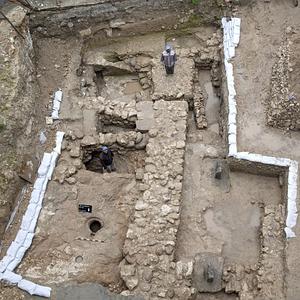
The city of Nazareth is known in Hebrew as Natzeret. Natzrat is a possessive form of that name, used for example in Natzrat Illit (“Upper Nazareth”), the nearby Jewish settlement. “Tz” is the agreed transliteration for the letter “Tzadik.” it sounds like a “ts” pronounced together, with no syllable break between the “t” and the “s.”
To avoid making this error, the inexistent couple “tz” (in English) was chosen, so that foreigners are not tempted to make a pause between the two letters. I must emphasize that the word “Nazir” is not related, it is derived from a different root meaning “monk.”
The word “Nazareth” has a three letters root, in this case N.Tz.R. This root has a double meaning (that’s one of the main things contributing to the Hebrew richness and compactness):
“Branch” – mainly in a hereditary meaning – and also “Guard.” “Natzeret” is a feminine noun related to Netzer – a “branch.”
The term is used usually for hereditary topics, thus the following verse has a prophetic meaning:
Isaiah 11:1 And there shall come forth a rod out of the stem of Jesse, and a Branch shall grow out of his roots:
“Branch” appears as “Netzer” in the original, and not as the more botanical term “anaf.” The text goes to describe a Man of God, very much fitting Jesus. The family of Jesus was from Nazareth and thus the text is interpreted as prophetic; the word “Netzer” is used as a way of referring to Him. Similarly, He was born in “Bethlehem” (meaning “House of Bread”) another prophetic name since:
Matthew 26:26 As they did ate, Jesus took bread and gave thanks, brake it, and gave it to the disciples, and said: Take, eat, this is my body.
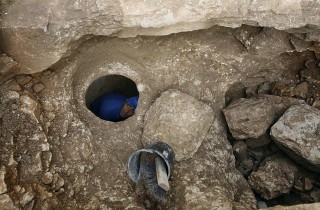
Until now everything is simple. Making a possessive noun in Hebrew is also a human-fit task: add “i” at the end of the noun. However, a small contraction of the vowels and a fix of the last vowel into a “t” occur here leading to “Natzrati,” meaning “of Nazareth.”
This seems trivial, but is very important. Seldom is Jesus referred to – in Hebrew – as being “of Nazareth;” instead another term is kept for Him and His followers.
The word for “Christian” in Hebrew is “Notzri.” It is widely used even by the most traditional rabbis/Pharisees. This noun is conjugated from the noun “notzer” and not from “Natzrat.”
It is the same root, but its other meaning is used (I shall skip the linguistic analysis of how nouns are conjugated).
It makes reference not to the prophetic place, but to the prophetic role. Not to Nazareth, but to the “Keeper” who is also related to a hereditary branch (descended from David). In Hebrew, a Christian is a “keeper.” A keeper of what? Of the True Faith. Even the Pharisees/rabbis know their interpretation of the Scriptures is partial and false, as was taught by the Netzer, and recognized us – Christians – as the Keepers.
ATTENTION READERS
We See The World From All Sides and Want YOU To Be Fully InformedIn fact, intentional disinformation is a disgraceful scourge in media today. So to assuage any possible errant incorrect information posted herein, we strongly encourage you to seek corroboration from other non-VT sources before forming an educated opinion.
About VT - Policies & Disclosures - Comment Policy

